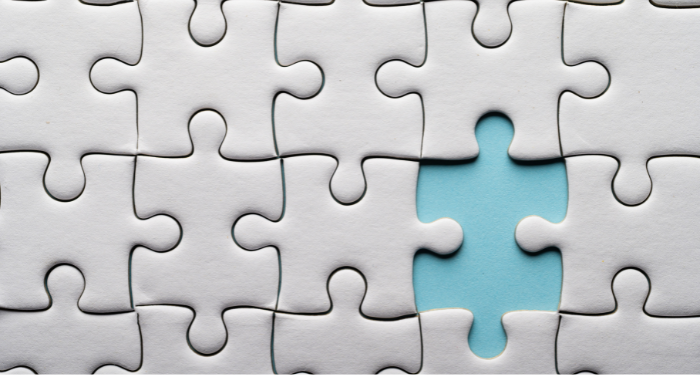
Are habit elimination programs the missing link? Are you wondering if you’re missing out or should you sign up for that course that claims to boost your practice by training you in a custom habit elimination step-by-step program?
Or…are our clients unique and their needs in therapy unique as well?
As a myofunctional therapist, speech, and/or occupational therapist no doubt that you have parents bring up concerns about oral habits such as pacifier use beyond infancy, finger or thumb sucking, nail biting, or even lip licking.
There are many programs out there that claim to eliminate these negative “oral habits.” I even spoke to a dentist recently who advocates for use of a thumb guard for eliminating the habit of thumb sucking (please don’t use this). While many of these programs are not bad per se, they are missing the entire point!
Oral habits are usually present because of a orofacial myofunctional disorder (OMD).
Usually when I share this the looks on most therapists faces are the look of surprise, curiousity…and just complete mind-blown status! 🤯
But here’s the deal. If we want to get to the root of the issue and not just apply a bandaid, we have to address the root cause.
We aren’t about bandaid fixes here, we always advocate for a root cause approach to give our clients the BEST functional outcomes possible.
How do we find out what the root cause is that is contributing to a noxious oral habit?
Step 1. Complete a thorough orofacial myofunctional evaluation to identify deficit areas Step 2. Create an individualized treatment plan to address the deficits identified in the evaluation.
Step 3. Begin therapy.
During the course of treatment, as the muscles of the face and mouth begin to function optimally, we often see noxious oral habits cease without direct intervention of a habit elimination program.
Why?
Because those noxious oral habits were only meeting a need that the muscles of the orofacial complex were intended to meet. For example, thumb sucking often occurs because the tongue is not on the palate at rest (any time the mouth is not being used for eating or speaking, the tongue should rest up on the palate!) Once the tongue is resting on the palate, thumb sucking ceases because that need to have stimulation on the palate is now met by the tongue!
In other cases, the thumb may act as a mandibular advancement device. Try sucking your thumb. You will notice that when you put your thumb in, your lower jaw often moves forward. When the lower jaw moves forward, the airway opens more. Might we be on to something here?
I’d even venture to say, don’t eliminate the pacifier or the thumb until you know the child can safely breathe without it (when awake and when asleep) or you teach the tongue to do it’s job properly (ya know, as it’s meant to function). Bold statement, I know. But I stopped taking a habit elimination approach early on in my myo career and now we only use a program *if* we are getting close to graduating myo and the oral habit has yet to cease.
SO with all that, are habit elimination programs the missing link? We’ll let you be the judge- but for us, treating the root cause first and foremost will always be our recommendation to give clients the best possible outcome.


